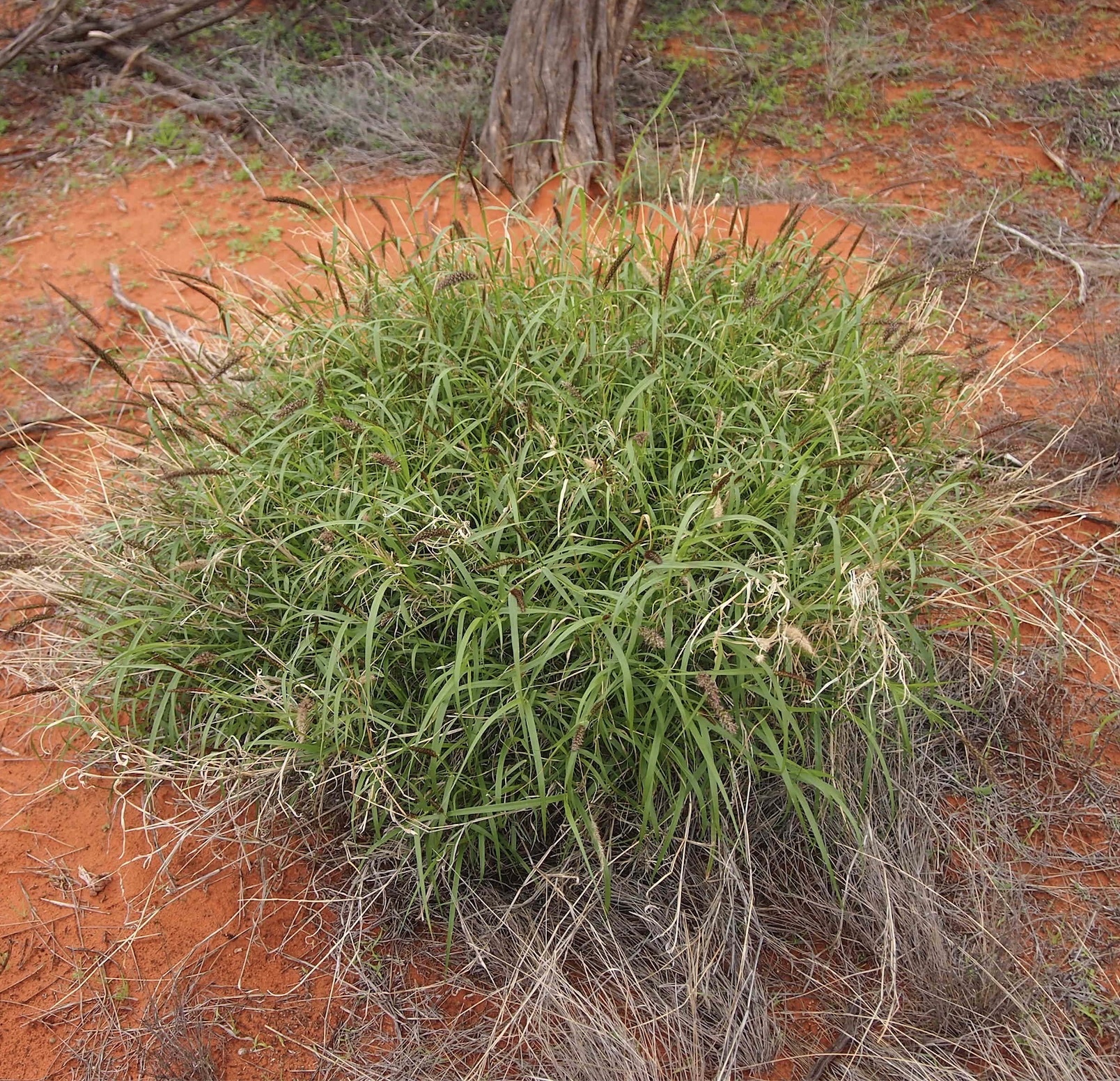
Buffelgrass fires burn 3 times than native fires, intensifying wildfire destruction and threatening desert ecosystems.
Fires fueled by Buffelgrass endanger the survival of saguaros, an iconic species in the Sonoran Desert.
The spread of Buffelgrass jeopardizes Arizona’s National Park Tourism industry, property values, and firefighting budgets.
